End-to-End Encryption and Child Sexual Abuse Material (CSAM)
The global distribution of child sexual abuse material (CSAM) is growing exponentially. In 2018, the CyberTipline at the National Center for Missing and Exploited Children received over 18 million reports of apparent child sexual abuse, equivalent to 50,000 reports a day.

Recently, however, a number of companies have announced plans to implement end-to-end encryption across their messaging services and search engines. This could mean that current technologies used to flag CSAM or detect grooming would no longer work, representing a boon for child sex offenders all over the world. As children’s privacy campaigners, we welcome moves to strengthen privacy online, but we reject suggestions that there is a binary choice between maintaining privacy and protecting children, particularly from child sexual exploitation and abuse.
5Rights Foundation, working closely with Professor Hany Farid, co-developer of CSAM-detection tool photoDNA, has been advocating for privacy-preserving solutions for the protection of children in encrypted environments. We have called on both the internet sector and governments around the world to ensure that end-to-end encryption is only implemented if it maintains or improves existing protections for children and that neither commercial considerations nor broader concerns be put ahead of the protection of children.
News and Publications
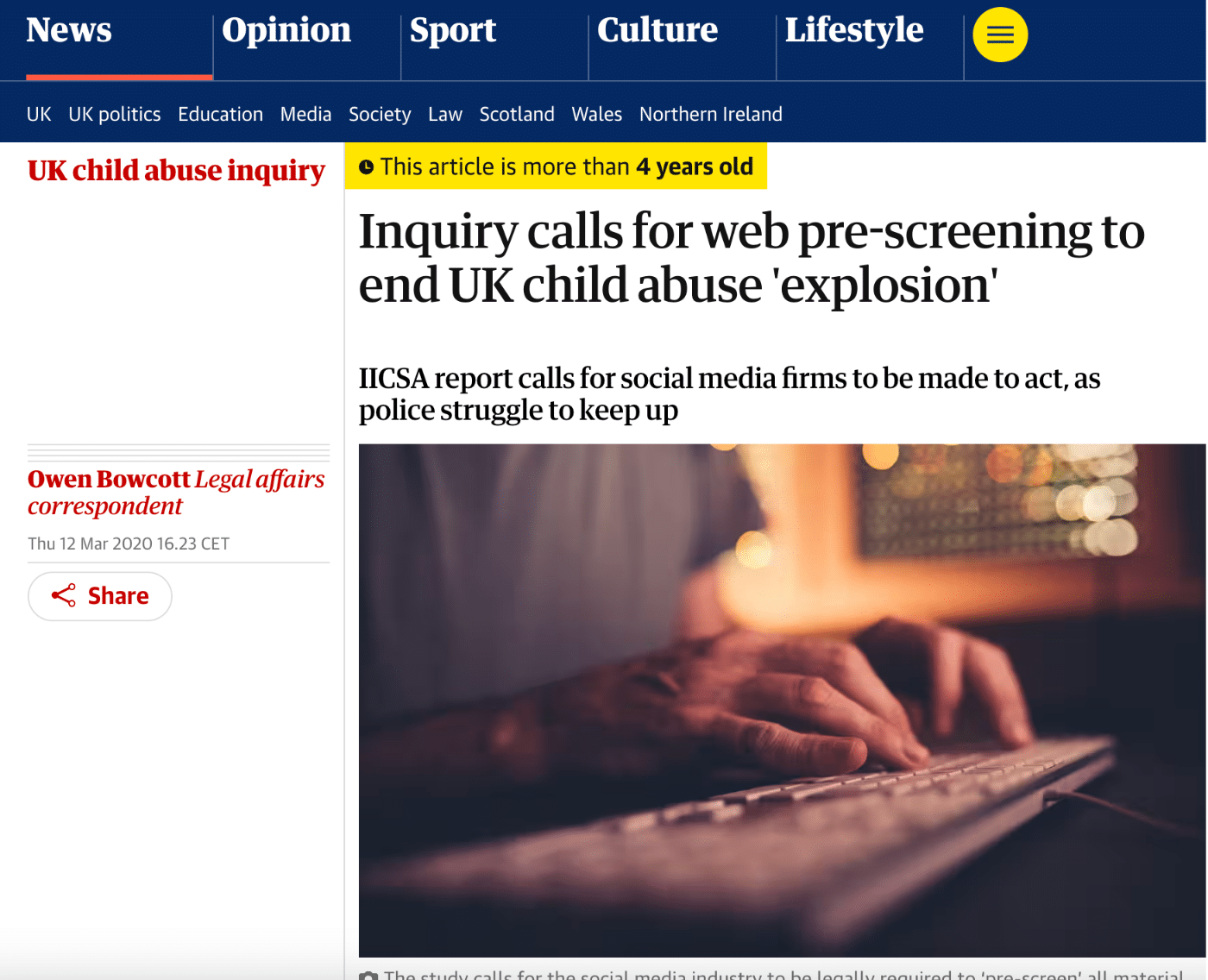
The Guardian – Inquiry calls for web pre-screening to end UK child abuse ‘explosion’
March 2020 – A recent report argues that Social media companies should be forced to pre-screen all uploaded material to help law enforcement with the increase in online child sexual abuse in the UK.

The Telegraph – Britains new deal with Silicon Valley for stopping child abuse has a big hole
March 2020 – Social media companies signed up to a new voluntary code of conduct on fighting child abuse, jointly negotiated with Britain, the US, Canada, Australia and New Zealand.
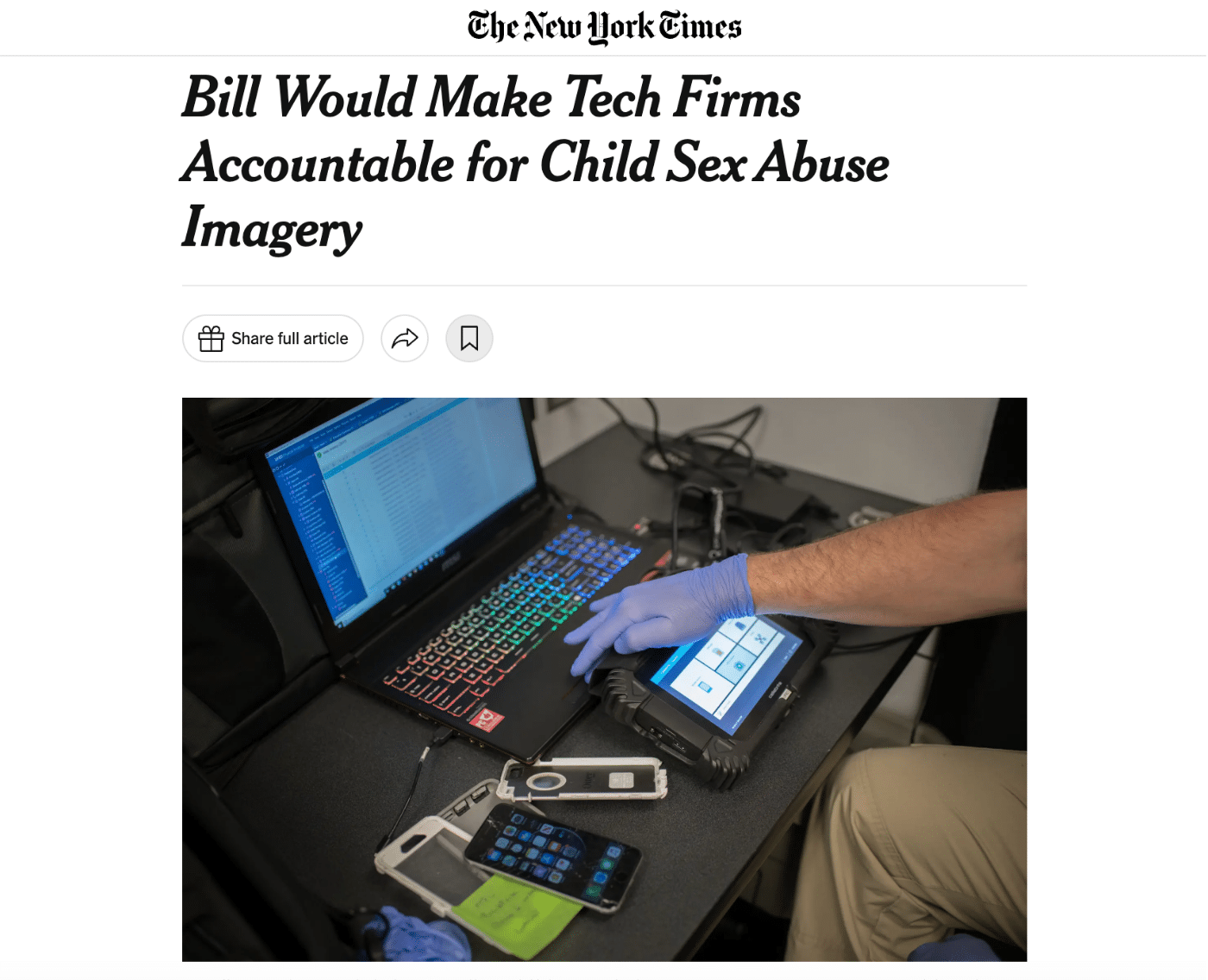
The New York Times – Bill Would Make Tech Firms Accountable for Child Sex Abuse Imagery
March 2020 – New legislation and international guidelines target the spread of online child abuse material, holding tech companies accountable while encouraging industry standards to prevent exploitation.
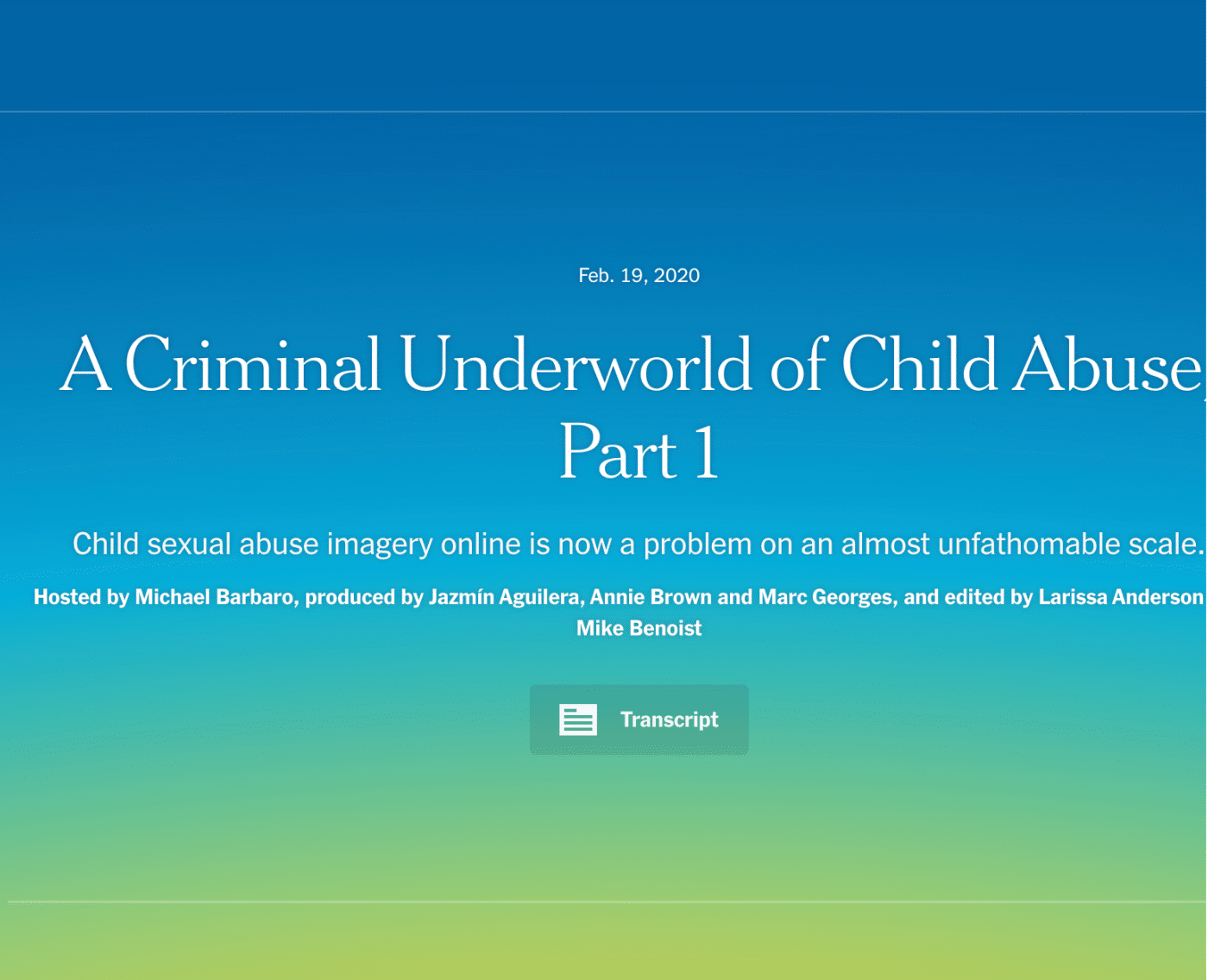
The New York Times – A criminal underworld of child abuse
February 2020 – A months-long New York Times investigation has uncovered a digital underworld of child sexual abuse imagery that is hiding in plain sight. They look at the almost unfathomable scale of the problem — and just how little is being done to stop it.
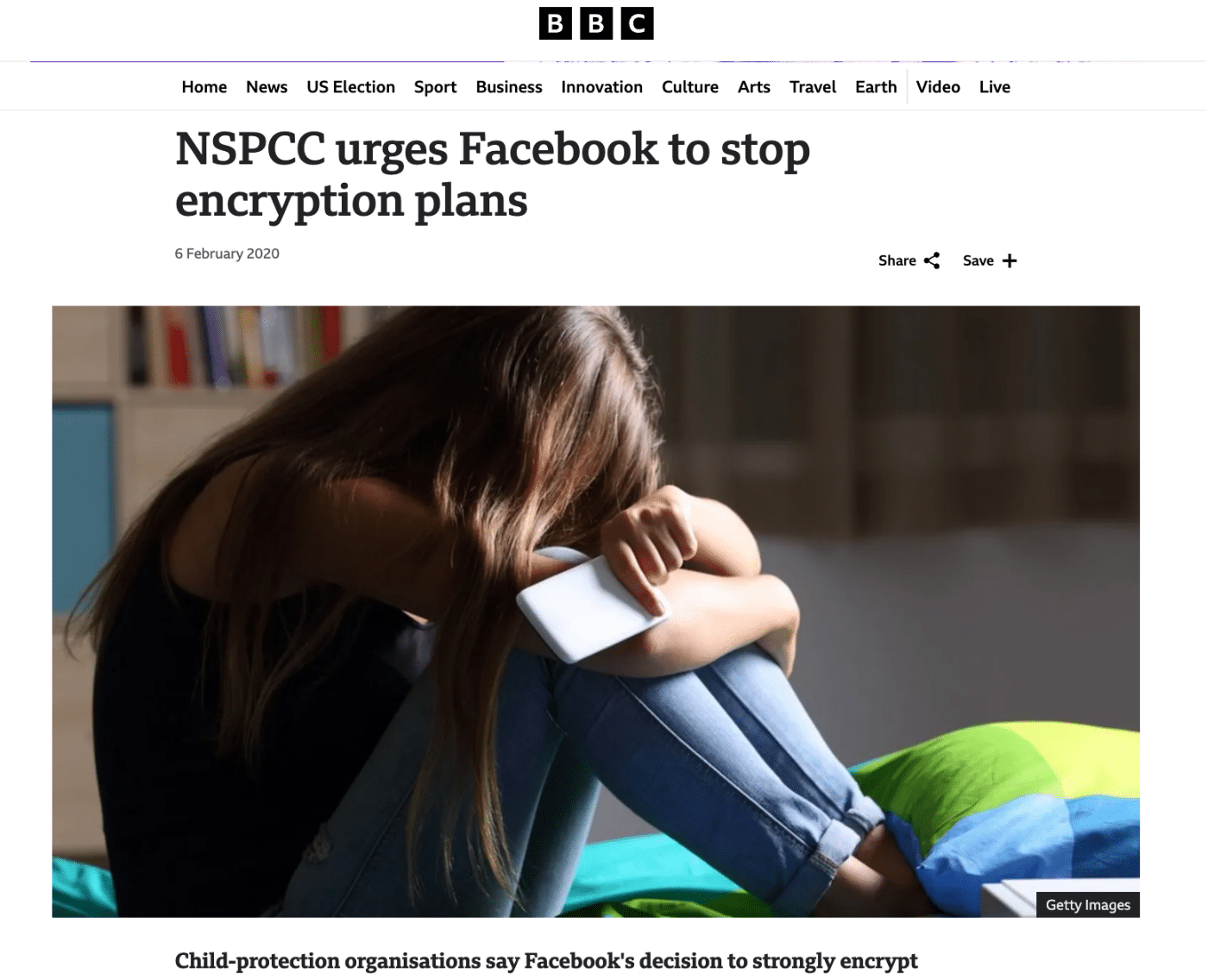
BBC – Facebook urged to halt encryption plans over child abuse risks
February 2020 – Child protection organisations recently urged Facebook to halt their encryption plans, arguing that Facebook’s decision to strongly encrypt messages will give offenders a place to hide.
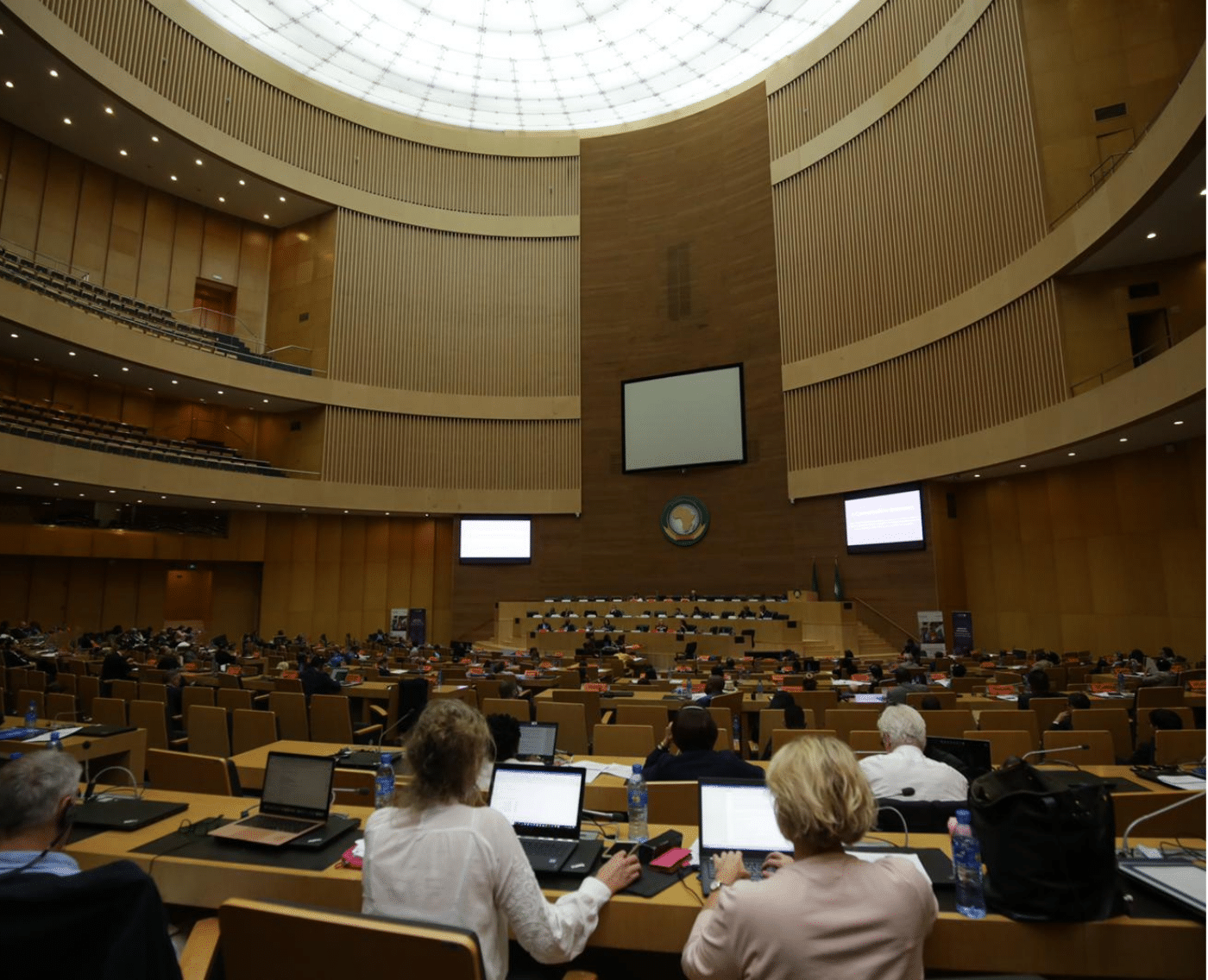
5Rights attends WeProtect Summit to tackle online child sexual exploitation
December 2019 – 5Rights attended the WePROTECT Global Alliance Summit to Tackle Online Child Sexual Exploitation, co-hosted by the UK Government, the WePROTECT Global Alliance and the African Union.

Briefing: End-to-end encryption and child sexual abuse material
December 2019 – 5Rights in collaboration with Professor Hany Farid developed a briefing on end-to-end encryption, arguing how existing tech can maintain people’s privacy, while allowing for CSAM monitoring.
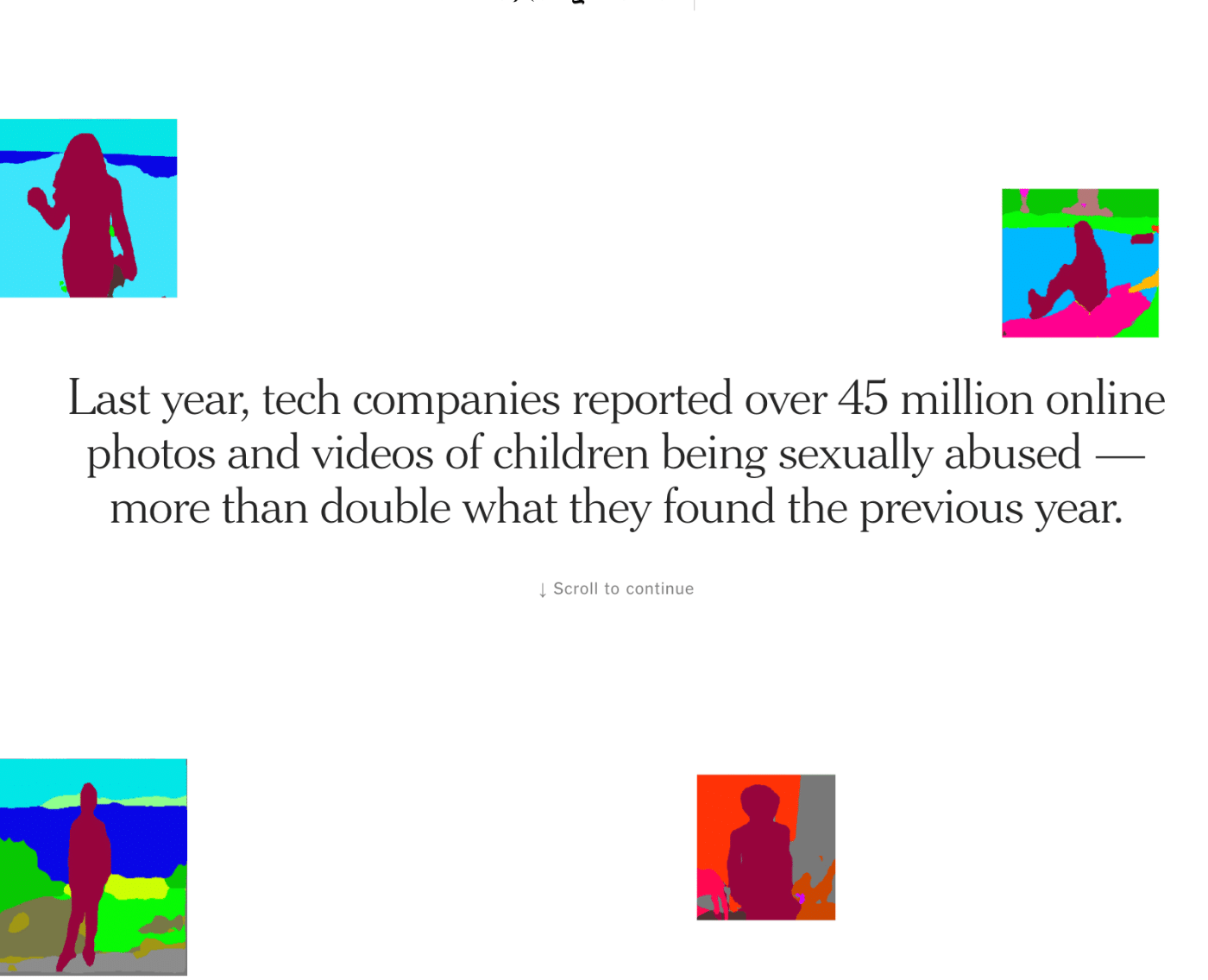
The New York Times – The Internet is overrun with child sexual abuse images. What went wrong?
September 2019 – Online predators create and share the illegal material, which is increasingly cloaked by technology. Tech companies, the government and the authorities are no match.
